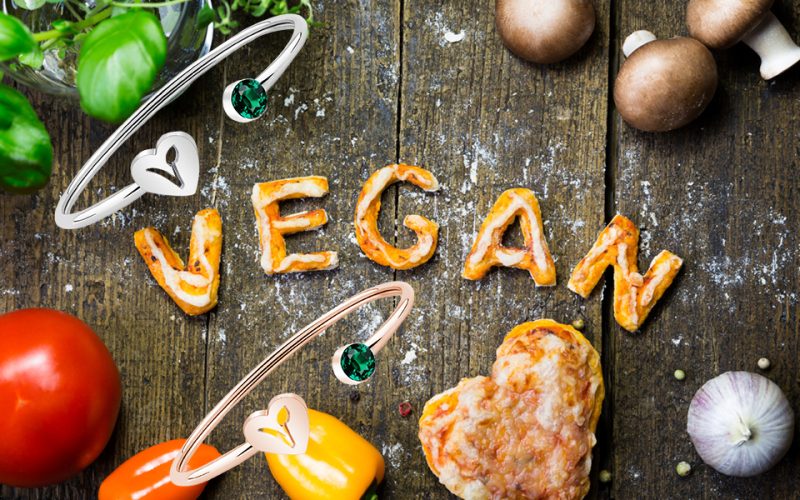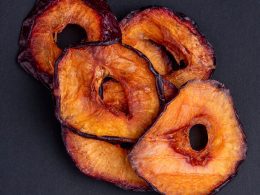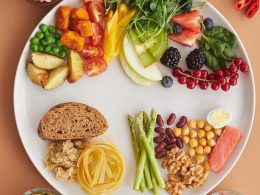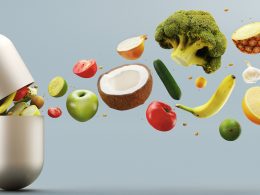Introduction
Many people are choosing a vegan diet these days. They want to eat foods that come from plants and avoid anything made from animals. This includes meat, fish, eggs, and dairy products. A Vegan Plan can help protect the environment and may improve health. However, if you have never tried it before, you might wonder what to eat or how to get enough protein. In this article, we will explore ways to make a plant-based diet fit your lifestyle. We will look at vegan protein sources, ideas for balanced meals, and tips to avoid common problems like nutrient deficiency. Even if you are just curious about cutting back on animal foods, these steps can guide you. By the end, you will see that vegan meals can be tasty, simple, and fun to cook.
What Is This? Understanding the Vegan Lifestyle

A Vegan Lifestyle is more than just avoiding meat. People who follow it do not eat eggs, milk, cheese, or honey. They rely on fruits, vegetables, grains, beans, and nuts to get all their nutrients. Some also avoid clothes or products made from animals, like leather or wool. But the main focus for many is the diet part. The idea is to enjoy dairy-free and meat-free foods that still taste great. Many vegans choose this path for reasons like protecting animals, caring for the planet, or improving their health. For kids, it can be a way to learn about new foods and cooking styles. With the right approach, a vegan diet can offer plenty of vitamins and energy. You just need to plan meals wisely and learn which foods replace the protein and calcium found in animal products.
What Is That? Key Elements of a Balanced Vegan Diet
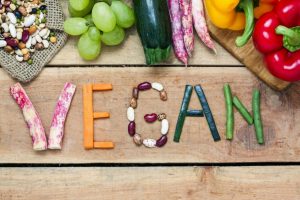
Protein from Plants
One concern people have is getting enough protein without meat or eggs. The good news is that vegan protein sources include beans, lentils, tofu, tempeh, and nuts. These foods can help build strong muscles and keep you full. Pair them with grains like rice or bread to get complete amino acids.
Important Nutrients
Some nutrients are trickier to find in plant foods. Vitamin B12 usually comes from animal products, so vegans might need supplements or foods fortified with B12. Calcium can come from broccoli, kale, or dairy-free milk like almond or soy. Iron is found in beans, spinach, and fortified cereals. Eating foods high in vitamin C, such as oranges or strawberries, helps your body absorb iron better.
Variety Matters
Eating different types of fruits, veggies, grains, and proteins is key to a healthy vegan diet. This variety ensures you get all the vitamins and minerals you need. It also keeps meals exciting, so you do not get bored.
Building Your Vegan Meal Plan
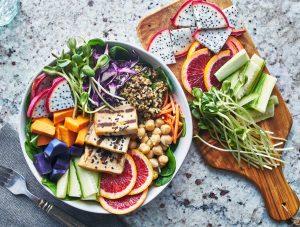
Breakfast
Start your day with dairy-free milk over cereal or oatmeal topped with berries. You can also try a tofu scramble instead of scrambled eggs. Some people enjoy vegan yogurt with granola, which is a sweet and easy option.
Lunch
A vegan sandwich could include hummus, avocado, lettuce, and tomato. You might add grilled veggies or a meat substitute like a veggie patty. Salads can be hearty if you include chickpeas or nuts for protein.
Dinner
For dinner, you can make plant-based meals like pasta with tomato sauce and vegan cheese, or stir-fry with tofu and colorful vegetables. Another option is a burrito filled with beans, rice, and salsa. If you want something fancier, try lentil shepherd’s pie or veggie lasagna.
Snacks
Keep healthy snacks around, like fruit, carrots with hummus, or dairy-free cheese crackers. Nuts and seeds also make good snacks, but watch portion sizes because they are high in calories.
Table: Simple Vegan Protein Sources
| Food | Protein (per 100g) | Notes |
|---|---|---|
| Tofu | ~8g | Soaks up flavors, good for stir-fry or grill |
| Lentils | ~9g | Great in soups, salads, or veggie burgers |
| Chickpeas | ~9g | Used in hummus, roasted snacks, or curries |
| Black Beans | ~9g | Tasty in burritos, soups, or mashed as a spread |
| Peanuts | ~25g | High in protein, but also in fat, so watch amounts |
This table shows some vegan protein sources and how much protein they offer. Each food is versatile, letting you add variety to your meals.
Tips to Avoid Nutrient Deficiency

Nutrient deficiency is a concern for many new vegans, but it is preventable with a balanced approach. Eat leafy greens like spinach or kale for iron and calcium. Enjoy seeds like chia or flax for healthy fats. Consider a vitamin B12 supplement if your foods are not fortified. Some cereals, plant milks, and meat substitutes include added B12. Check labels to see if they do. Also, combine foods that help each other, such as pairing iron-rich beans with vitamin C from tomatoes or bell peppers. This helps your body absorb iron better. Drinking enough water and getting sunlight for vitamin D also matters. If you are unsure about your levels, you can talk to a doctor or get a blood test to ensure you are on track.
Handling Social Situations
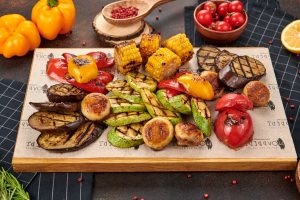
Being vegan can be easy at home, but what about parties or restaurants? Let friends know you follow a plant-based diet. Many are happy to provide vegan options. In restaurants, look for items marked vegan or talk to the server. You can also keep a snack bar in your bag, just in case. Family gatherings might be trickier, but you can offer to bring a vegan dish that everyone can try. This way, you share your tasty meal and avoid feeling left out. If people ask questions about your choice, stay calm and friendly. You can explain how vegan benefits the environment or your health. By being open and polite, you often find that people respect your decision and might even get curious about trying vegan meals themselves.
Conclusion
In summary, creating a vegan diet that truly works for you involves exploring vegan protein sources, balancing nutrients, and finding meals you enjoy. It helps to eat a wide variety of fruits, vegetables, grains, and legumes. Checking for possible nutrient deficiency and choosing the right supplements can keep you healthy and strong. Social events may need some extra thought, but sharing vegan dishes can make them fun. Over time, you will discover many easy, delicious recipes. This journey can improve your health, help the planet, and introduce you to new flavors. Embrace the change, and enjoy the benefits of plant-based living.






